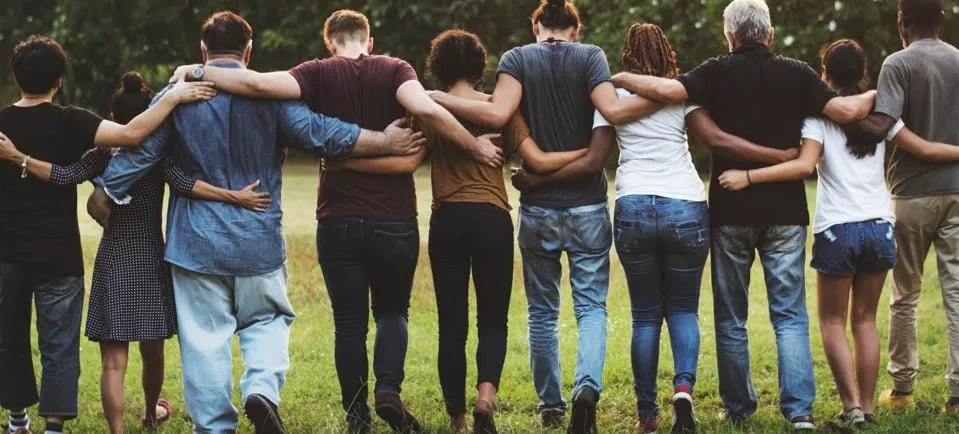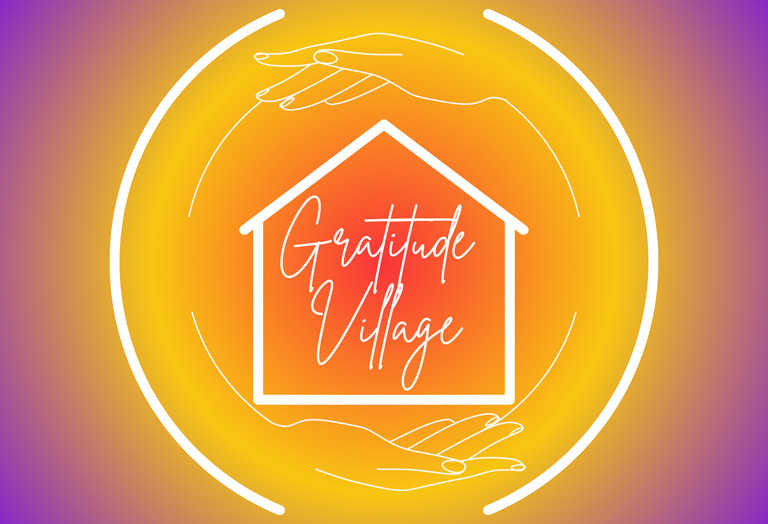Zoom Info Session January 6, 2026 5:00-6:00 PM MT
Cohousing vs. Traditional Neighborhood Living: What’s the Real Difference?
In today’s fast-paced world, more and more people are searching for deeper connection, greater sustainability, and a sense of belonging. For many, traditional neighborhoods—while familiar—can feel isolating and disconnected. You might wave at a neighbor now and then or share a quick hello during trash day, but true community interaction is often lacking. That’s where cohousing comes in: a model of living that’s intentionally designed to foster relationships, collaboration, and shared values. With Gratitude Village, an upcoming net-zero cohousing community, people are reimagining how neighborhoods can function—and thrive.
Gratitude Village
6/1/20253 min read


Rethinking Neighborhoods
In today’s fast-paced world, more and more people are searching for deeper connection, greater sustainability, and a sense of belonging. For many, traditional neighborhoods—while familiar—can feel isolating and disconnected. You might wave at a neighbor now and then or share a quick hello during trash day or while walking the dogs, but true community interaction is often lacking. That’s where cohousing comes in: a model of living that’s intentionally designed to foster relationships, collaboration, and shared values. With Gratitude Village, an upcoming net-zero cohousing community, people are reimagining how neighborhoods can function—and thrive.
Community Engagement
One of the most significant differences between cohousing and traditional neighborhoods is the level of community engagement. In cohousing, neighbors know each other by name, gather for regular shared meals, and often collaborate on decisions affecting the whole community. The layout itself supports this interaction—with clustered homes, shared green spaces, and a common house serving as the heart of the neighborhood. In contrast, traditional neighborhoods prioritize private space over communal interaction, which can lead to feelings of loneliness and social isolation. Gratitude Village takes the cohousing concept even further by intentionally designing for connection, inclusion, and active participation across all age groups.
Daily Life in Community
Daily life in a cohousing community feels vastly different from that in a traditional neighborhood. Imagine your child playing freely with friends just outside your door, meals shared in a community kitchen, and spontaneous gatherings happening regularly without needing to schedule weeks in advance. Residents in cohousing often share responsibilities such as gardening, maintenance, and event planning, which not only lightens individual loads but fosters a strong sense of purpose and teamwork. In contrast, traditional neighborhoods often operate independently; each household is responsible for everything, from lawn care to problem-solving, often with little to no collaboration. At Gratitude Village, shared responsibilities are embraced as opportunities to build bonds, learn new skills, and create a supportive environment for everyone—from young families to retirees.
Environmental Impact
Environmental sustainability is another major area where cohousing stands apart. Traditional neighborhoods are usually built with little thought to environmental impact, often prioritizing convenience over conservation. Homes are frequently large and energy-intensive, with little coordination around waste reduction, water usage, or renewable energy. In contrast, cohousing communities like Gratitude Village are planned with sustainability at the core: passive house-certified homes, LEED-certified shared buildings, grey water systems, composting programs, EV charging stations, and green roofs are just a few of the innovations integrated into the community. When neighbors share values around sustainability and work together to uphold them, the environmental impact of each household shrinks dramatically—something rarely achieved in traditional suburban or urban developments.
Governance and Ownership
Ownership and decision-making in cohousing also differ significantly from traditional neighborhood models. Instead of a top-down structure or impersonal homeowner’s association, cohousing communities often use consensus-based governance, ensuring all voices are heard and valued. This collaborative approach fosters a sense of ownership, not just of one’s individual home, but of the entire community and its mission. While many traditional neighborhoods may have rules and regulations, they rarely encourage residents to take an active role in shaping the community’s future. At Gratitude Village, future residents will participate in everything from site design to governance decisions, giving them real agency in the place they call home.
Emotional Support and Belonging
Finally, the spirit of cohousing creates an emotional safety net that traditional neighborhoods often lack. When you live in cohousing, you're not just coexisting with your neighbors—you’re building friendships, raising kids together, supporting one another through challenges, and celebrating life’s milestones side by side. It’s not uncommon in cohousing communities for neighbors to check in on one another, offer rides to the airport, or deliver soup when someone is sick. In contrast, many people in traditional neighborhoods feel they can’t “bother” others or simply don’t know their neighbors well enough to ask for help. Gratitude Village is intentionally building a culture of care, where mutual support and kindness are baked into daily life.
A Better Way to Live
So what’s the real difference between cohousing and traditional neighborhoods? It’s about intention. It’s about creating spaces—both physical and emotional—that nurture community, reduce our impact on the earth, and support a way of life that values connection over convenience. Gratitude Village is not just offering an alternative housing model; it’s offering a new way to live, one where neighbors become extended family and every choice reflects shared values. For those who are tired of the isolation of traditional neighborhoods and ready for a more meaningful and sustainable lifestyle, cohousing may just be the answer. And for those lucky enough to become part of Gratitude Village, the future already looks a whole lot brighter.
COMMUNITY
Join us in embracing nature, diversity and connection.
Sustainability
DIVERSITY
info@gratitudevillageco.com
720-689-4821
© 2025. All rights reserved.
AFFORDABILITY
Gratitude Village Inc. is a 501(c)3 charitable corporation that values diversity, equity, and inclusion as essential to our mission
Subscribe to our Substack
Refund Policy




Gratitude Village is a Proud Member of these organizations
